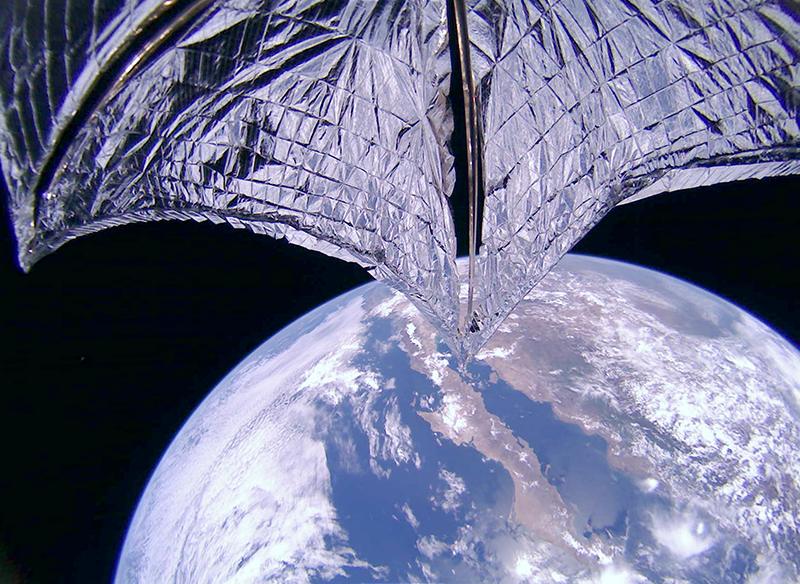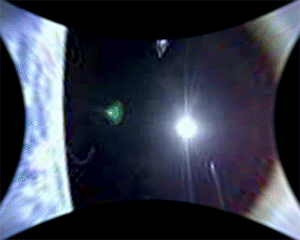
Sailors on sea voyages have used the classic sails for propulsion in the sea, through the use of wind power, for hundreds of centuries. The Planetary Society has extended the idea of using sails for the propulsion of spacecraft in space. But instead of using wind energy they are using solar winds for the space-faring. LightSail 2, a spacecraft launched four weeks ago on SpaceX’s Falcon Heavy, has successfully deployed its large 32-square-meter aluminized sail which will solely use sunlight to raise its orbit.
Flight controllers at Cal Poly San Luis Obispo in California commanded the spacecraft to deploy its solar sails yesterday. The images captured, during and after deployment, by two cameras onboard, with a view of 185 degrees each, show the sails successfully deployed.
The successful deployment of sail marks a major milestone for the LightSail 2 mission whose objective is to demonstrate the solar sailing as a technologically viable option for the propulsion of CubeSats―compact, standardized satellites to lower the costs of space exploration.
“Yesterday, we successfully set sail on beams of sunlight,” said Bill Nye, CEO of The Planetary Society. “Thanks to our team and our tens of thousands of supporters around the world, the dream started by The Planetary Society’s founders more than 4 decades ago has taken flight.”
Bruce Betts, Planetary Society chief scientist, and LightSail program manager added, “We’re ecstatic! The mission team has worked for years to get to this moment when we can start solar sailing.”
The Planetary Society initiated the LightSail mission, a crowdfunded project. It will become the first spacecraft to orbit around the earth by solely using sunlight. The photons in the sunlight do not have a mass but have a momentum. When the photons strike the sail of the LightSail 2, it is hoped that it would change the orbit of the spacecraft by a measurable amount.

Muhammad Abdullah Khan has done bachelors in Chemistry from Government College University
Lahore. He is a science enthusiast and loves to read and write about astronomy, cosmology and latest
scientific endeavors.

